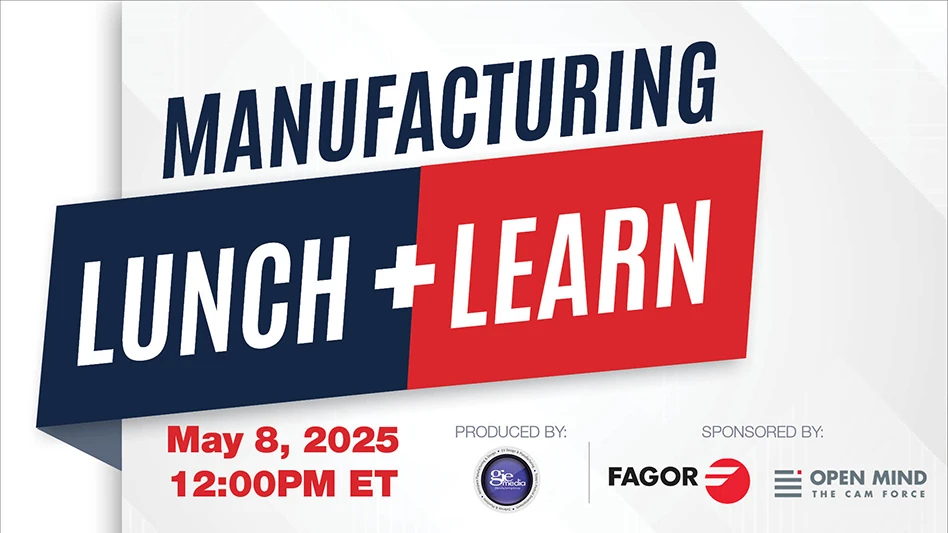
Center City, Minnesota – When does it make more sense to use outsourced MIM part production than to buy and operate a machining center and do the work in-house? MIM is metal injection molding, an alternative process instead of machining parts out of raw metal stock. Many original equipment manufacturers of medical, dental and orthodontic components are mandating that their part suppliers outsource to secure price advantages while maintaining strict quality requirements.
With price pressures and quality requirements getting more stringent by the day, MIM often is the answer. This brief article provides a simple analysis for making the choice to insource or outsource.
A new or existing part project requires a process evaluation
Starting with the premise that an existing or new part project requires a process evaluation, the following considerations enter the picture. Foremost is an answer to this question – is your part project a viable MIM candidate? Metal injection molding often is a more effective process to achieve precision parts while eliminating machining. That’s because MIM parts are precise, net shaped parts that are produced faster, and usually with no secondary operations. But not all parts qualify for this highly cost-effective alternative solution. Check the following to see if your production application meets these criteria:
- Annual volumes of 10,000 pieces or more (the more the better)
- Under 100g/3.5oz finished part weight
- All dimensions of the component 3" or less
- Maximum wall thickness of 3mm (0.125") or less (or cored out to this thickness)
- Must be ferrous metals (no aluminum, copper, brass, zinc, or magnesium)
- Medium to high complexity
- Possibility of merging multiple component assemblies into one part
- Possibility of reducing part weight and/or increasing part strength
Smith Metal products cost comparison for machined part versus MIM part:

Not included in the above comparison is what a machining center is costing your company when not making parts. That’s a big cost factor to include in every analysis. By comparison, when outsourcing using MIM production, you pay only for the parts ordered, not for idle machine time or other related downtime experienced with in-house production.
Remember, the above is a generalization and serves as a starting point. Every process application is different. But the numbers above are based on 20 years’ experience making MIM parts at Smith Metal. So, the formula is a valid one.
Also, a MIM supplier has part and mold design experience that can reduce per part cost even more. And by using a USA based MIM supplier like Smith Metal, good jobs are created and kept where they belong – here at home.
Source: Smith Metal Products
Get curated news on YOUR industry.
Enter your email to receive our newsletters.Latest from Today's Medical Developments
- Siemens accelerates path toward AI-driven industries through innovation and partnerships
- REGO-FIX’s ForceMaster and powRgrip product lines
- Roundup of some news hires around the manufacturing industry
- Mazak’s INTEGREX j-Series NEO Machines
- The Association for Advancing Automation (A3) releases vision for a U.S. national robotics strategy
- Mitutoyo America’s SJ-220 Surftest
- #56 - Manufacturing Matters - How Robotics and Automation are Transforming Manufacturing
- STUDER looks back on a solid 2024 financial year






